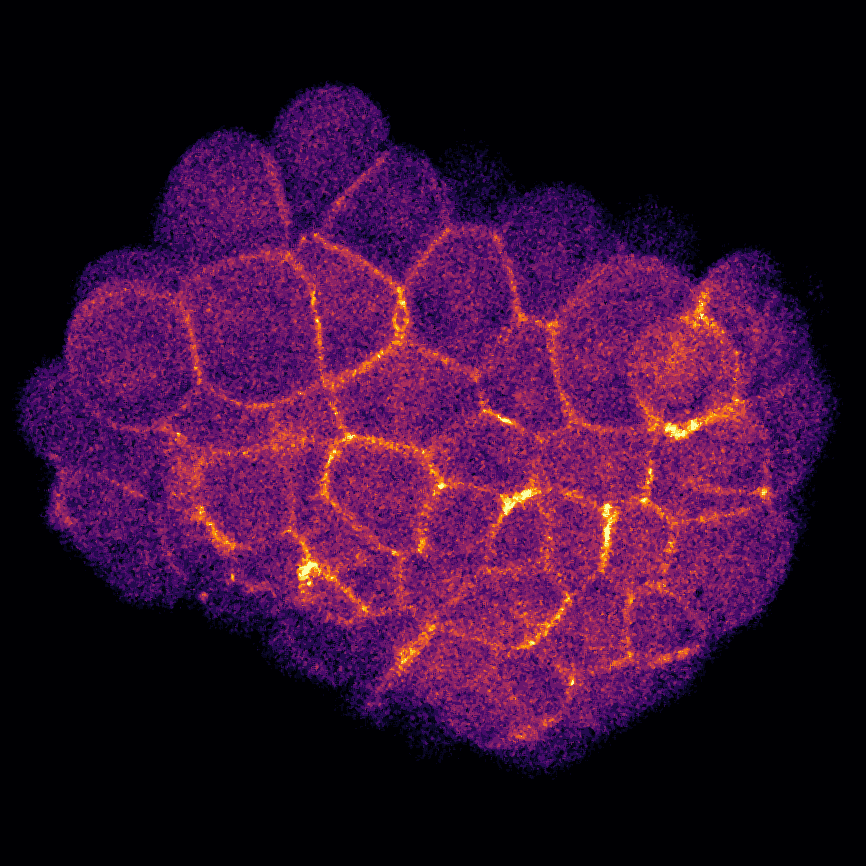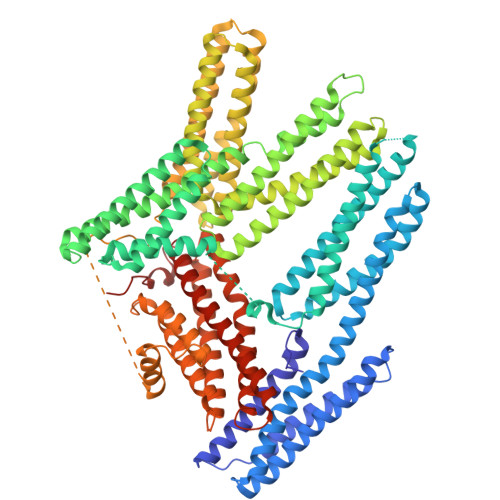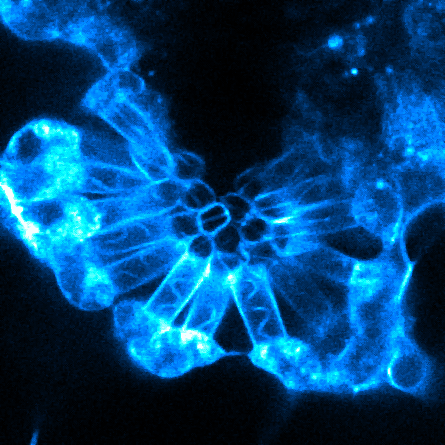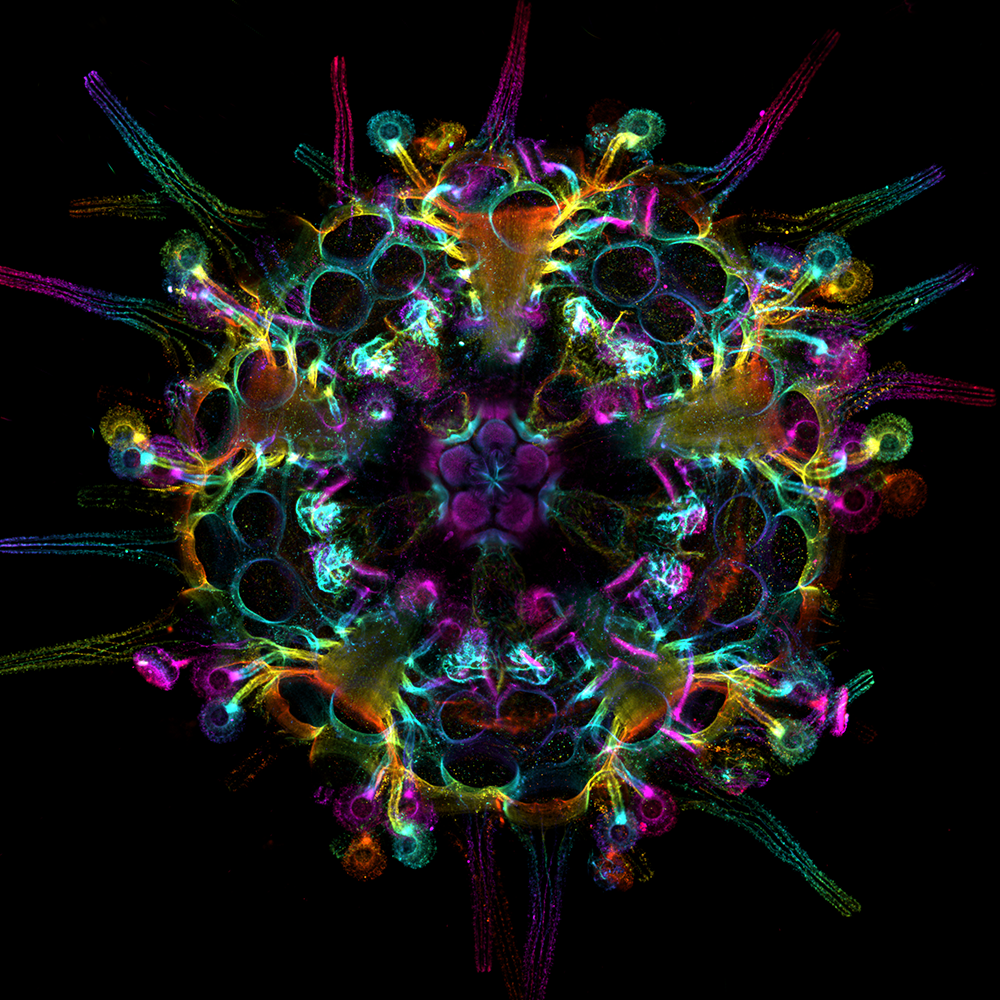
Origins of simple tissues
Due to the of complexity and redundancy of adhesion systems in bilaterian model species, the minimal set of genes necessary to construct multicellular tissues is still unknown. The small number of adhesion molecules present in cnidarian genomes, combined with their amenable properties (optical transparency, capacity to regenerate from cell aggregates) allows for the systematic testing of adhesion gene function. To this end, we use the cnidarian embryo as a system to study the necessity of adhesion proteins for epithelial formation.


